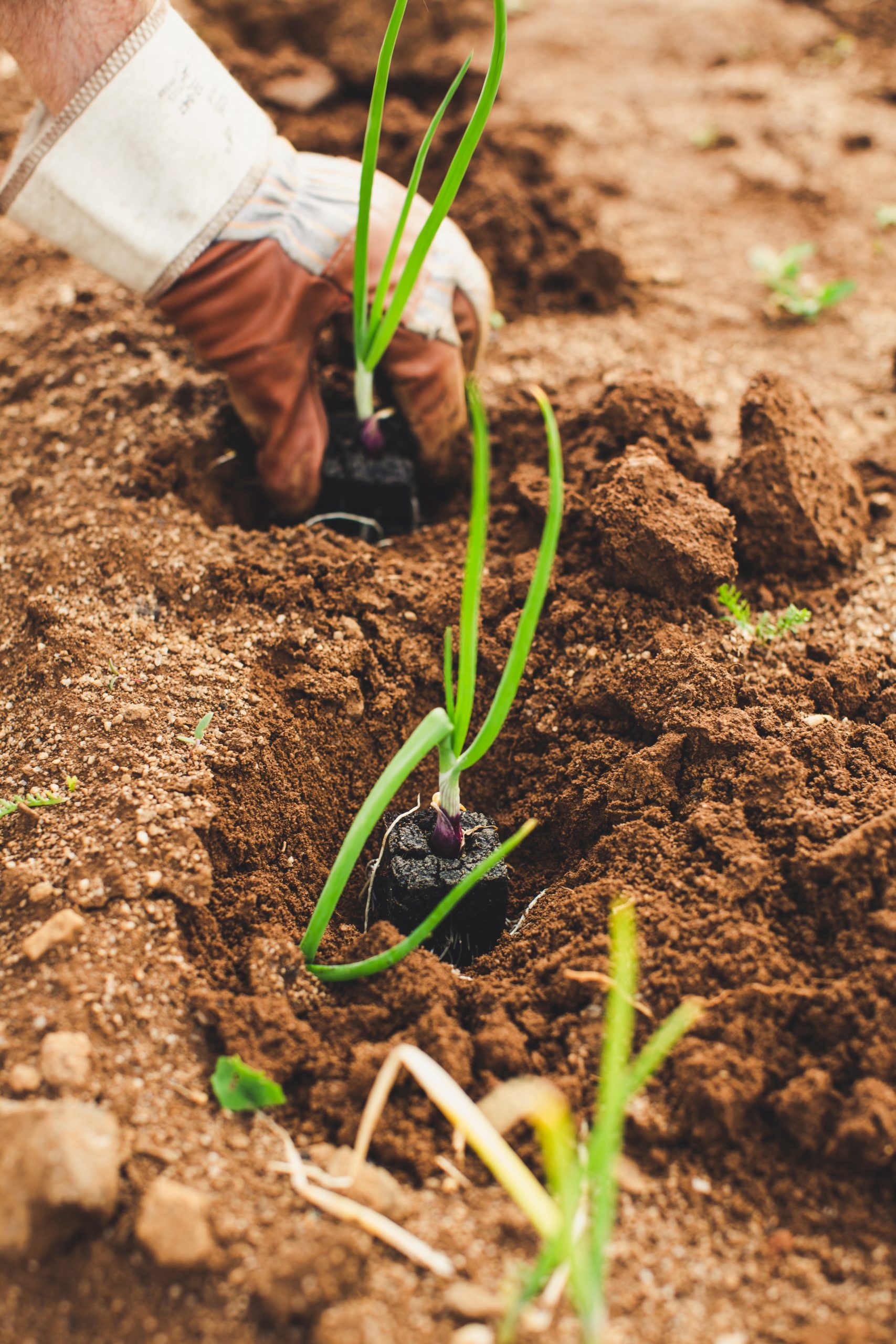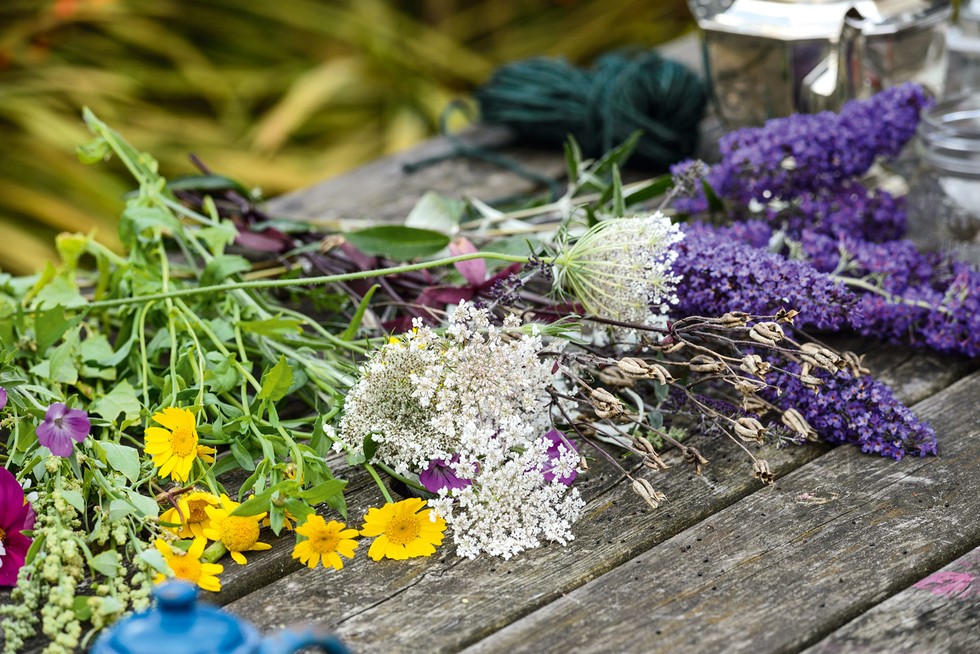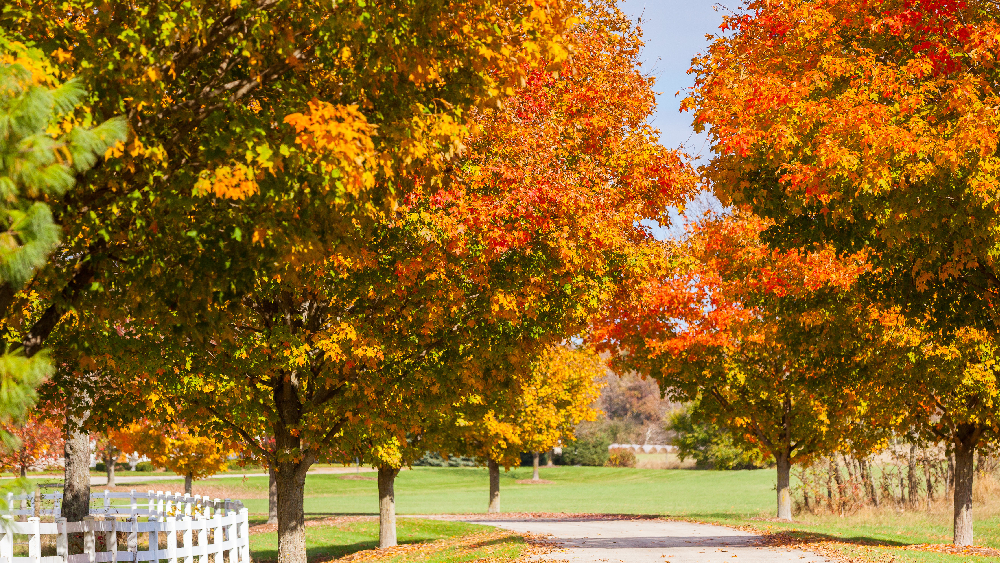If you live in a small apartment or have limited outdoor space, you may think that gardening is not an option for you. However, with the rise of vertical gardening, anyone can create a beautiful garden oasis in even the smallest of spaces. In this article, we will explore the benefits of vertical gardening and provide tips on how to get started.
What is Vertical Gardening?
Vertical gardening is a technique that involves growing plants on a vertical surface, such as a wall or fence. This method is ideal for small spaces as it allows you to maximize your growing area without taking up valuable floor space. Vertical gardens can be created indoors or outdoors and can be used to grow a variety of plants, including herbs, vegetables, and flowers.
Benefits of Vertical Gardening
1. Maximizes Space: Vertical gardening allows you to grow more plants in a smaller area, making it ideal for those with limited space. By growing plants vertically, you can create a lush garden oasis without taking up valuable floor space.
2. Improves Air Quality: Plants are natural air purifiers and can help to improve the air quality in your home or outdoor space. By growing plants vertically, you can increase the number of plants in your space, which can help to improve air quality even further.
3. Increases Privacy: Vertical gardens can be used to create a natural privacy screen, making them ideal for those who live in apartments or have limited outdoor space. By growing tall plants or vines on a vertical surface, you can create a natural barrier that provides privacy and adds beauty to your space.
4. Reduces Water Usage: Vertical gardens require less water than traditional gardens as the plants are grown in a smaller area. This makes them ideal for those who live in areas with water restrictions or who want to reduce their water usage.
Getting Started with Vertical Gardening
1. Choose the Right Plants: When choosing plants for your vertical garden, it is important to select plants that are well-suited to your space. Consider the amount of sunlight your space receives and choose plants that thrive in those conditions.
2. Select the Right Structure: There are many different structures that can be used for vertical gardening, including trellises, wall-mounted planters, and hanging baskets. Choose a structure that is well-suited to your space and the plants you want to grow.
3. Prepare Your Soil










